We can learn a lot from the Indian natural science of Ayurveda when it comes to our holistic well-being. One of the most important lessons is to appreciate the power of nature and to use the potential of plants properly for us. There is now a whole range of effective herbs, leaves and roots that are part of the Ayurvedic repertoire and have been used successfully for thousands of years.
Since a list of all herbs and plants would be too extensive, we would like to present you with this blog article a selection of nine herbs including their mode of action.
Turmeric
Turmeric (also called Indian turmeric) is something you’ve probably read about several times on our blog. Be it in our article about gum disease, our ginger turmeric shot or the golden milk. And this is no coincidence, because turmeric is one of the most important spices in Ayurveda.
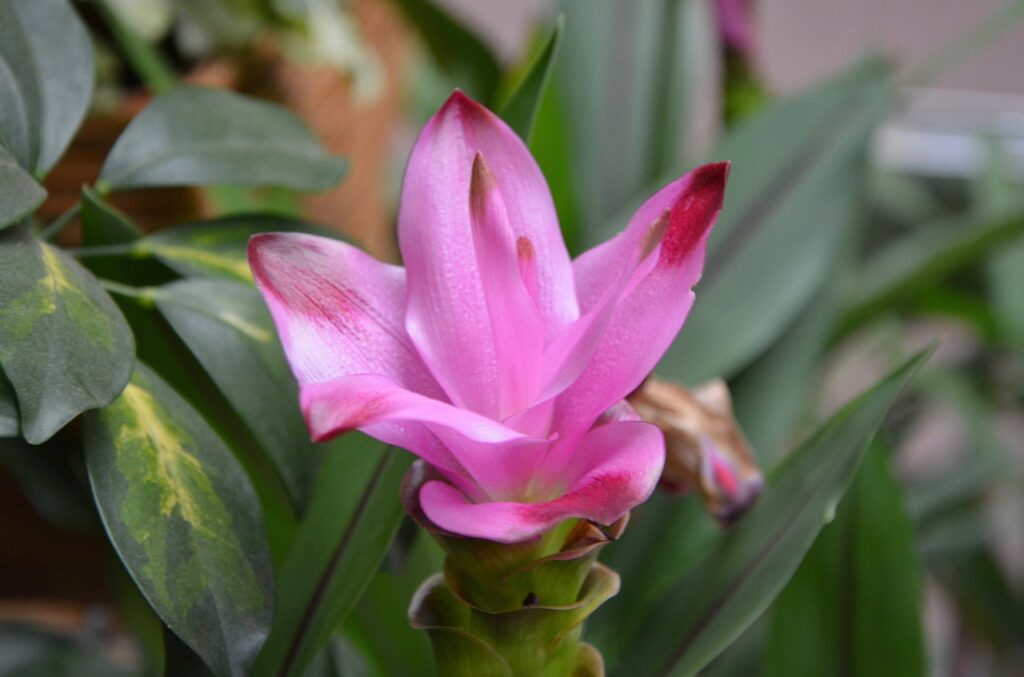
The possible applications are so diverse that we could not list this in detail without further ado. Basically, turmeric can be considered a panacea, which has anti-inflammatory, detoxifying and anti-asthmatic effects. Turmeric is effective against skin blemishes, has a preventive effect against cancer, Alzheimer’s disease and Parkinson’s disease, and also has a positive effect on our cholesterol level.
Turmeric can balance all three doshas.
Ashwagandha
Ashwagandha is also called winter cherry, sleeping berry or Indian ginseng – the last two names in particular indicate the effect of this popular plant. And rightly so, because Ashwagandha is the first choice in Ayurveda due to its adaptogenic effect when it comes to stress, inner restlessness and problems sleeping.
In India, the plant is also known for a completely different effect, because in fact Ashwagandha is the best known aphrodisiac for men and helps with potency disorders and premature ejaculation. In contrast to the modern potency drugs of the Viagra group, the plant additionally promotes the emotional side of sexuality and sexual desire.
The taste of ashwagandha is a mixture of bitter and sweet. Importantly, despite its bitter taste, ashwagandha does not increase vata dosha. Ashwagandha has the rare quality of balancing vata and kapha dosha.
Neem
Neem or neem leaves are also called “gift from heaven”, which refers on the one hand to the far-reaching healing and symbolic power in India and certainly also to the neem tree itself. Under favorable conditions, the tree can grow up to 40 meters high and live for 200 years.
The leaves of the tree are said to contain over 100 active ingredients that can be used to support well-being. Neem is said to strengthen the natural defenses and help with skin diseases, lice, dental and oral hygiene, anemia, high blood pressure and inflammation.
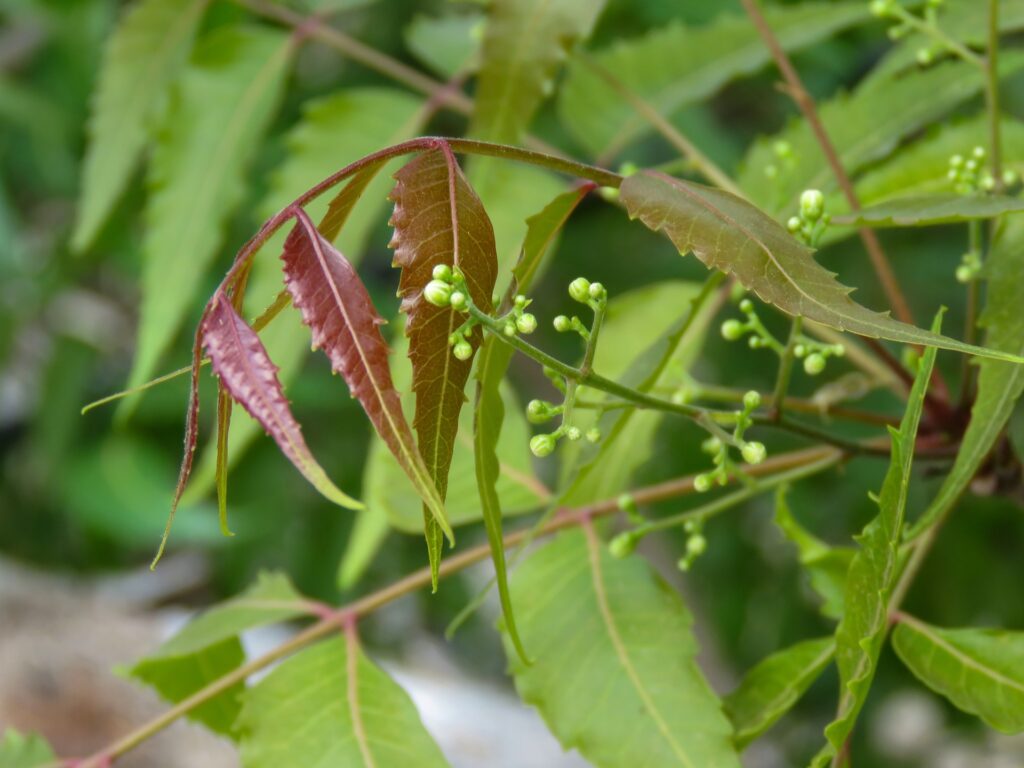
Neem is pitta kaphahara, so it balances the doshas pitta and kapha.
Shatavari
With Shatavari, the name says it all: the root, whose name can be translated as “the woman who possesses a hundred men”, is said to have a vitalizing effect on the female sex. Shatavari is said to be able to positively influence the “love ability” of women.
Botanically, Shatavari belongs to the asparagus family, which is why it is often called “Indian asparagus”. The thorny climbing plant is found in India as well as in the Himalayas. In Ayurveda, one is more than grateful for this wide occurrence of the plant – because neither woman nor man wants to do without Shatavari.
While its rather fragile outer form seems anything but energetic, its roots are bursting with power and strength. They are also the ones that are used in Ayurveda in powder form.
Asafoetida
Behind the somewhat unwieldy name Asafoetida (or simplified: Asant) is an aromatic resin extracted from the root of the Ferula Asafoetida.
In Ayurveda, asant is used primarily as a powerful digestive aid for gastrointestinal disorders and as an indispensable remedy for flatulence, nausea, colic and nausea. In addition, asafetida is also used for bronchitis, earache, jaundice, asthma, whooping cough and mental illness.
Asafoetida has similar properties to garlic, but is stronger in effect and does not cause bad breath or flatulence. The smell is also very similar to garlic, which has also earned it the name “devil’s dirt or even “Stinkasant”.
Tulsi
Tulsi is also known as the “holy basil of India” and is considered the mother of natural medicine in Ayurveda. It is native to subtropical Asia and northern Australia. Botanically, the basil plant belongs to the labiates family. Under good conditions, the herbaceous plant blooms in all its glory and gives us many of its valuable leaves.
In naturopathy, tulsi is used to strengthen the entire body, as it is said to keep us fit and vital with all the stress that surrounds us. Traditionally, tulsi is infused as a tea or – due to its pleasant Mediterranean aroma – also used to refine dishes.
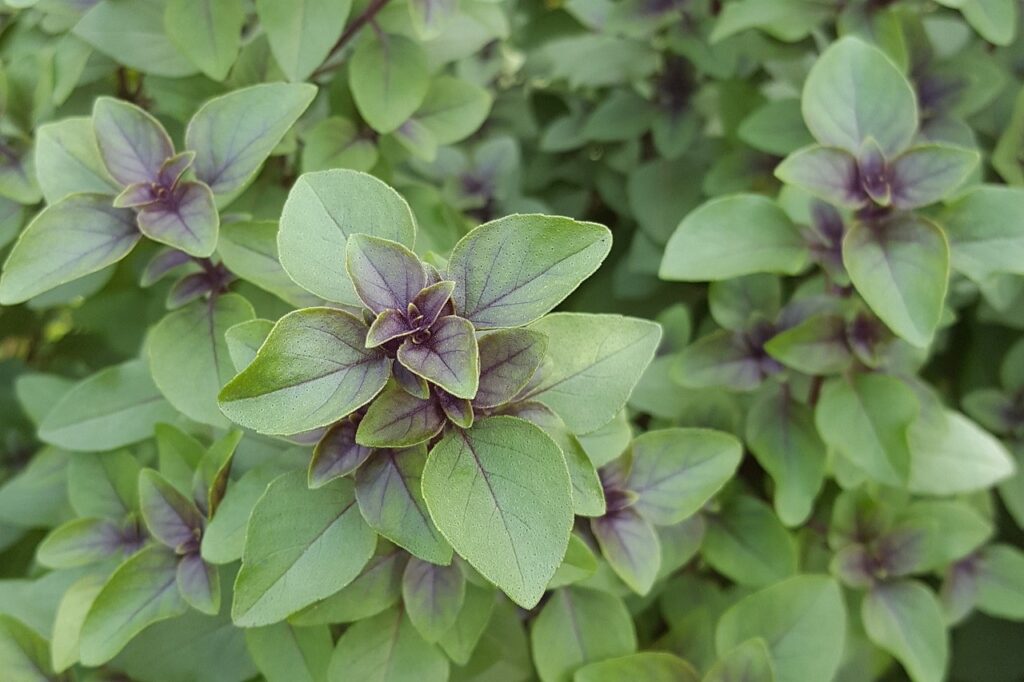
Triphala
Triphala is one of the most famous Ayurvedic herbal mixtures. In India, Triphala is a popular home remedy, and in Ayurveda it is considered a “Rasayana” – a tonic and rejuvenator for the mind. The blend consists of three Ayurvedic herbs, all belonging to the same plant genus: Amalaki, Haritaki and Bibhitaki.
In Ayurveda, Triphala is primarily used for lack of energy and drive, when listlessness dominates life and everyday life becomes pure torture. It is said to help gain new strength, stamina and vital energy. Due to the neutral taste, the herbal mixture can be drunk very well as a tea.
Brahmi
Brahmi (better known as “little fat leaf”) is one of the most researched medicinal plants in Ayurveda. It grows mainly in (sub)tropical areas and feels especially well in semi-shady places with high temperatures. However, in well-watered pots and at room temperature, Brahmi can also be grown at home without much effort.
Ayurvedic writings show that the herb was used hundreds of years ago by scholars and students to improve their learning ability. And even today, Brahmi is considered a powerful “Medhya-Rasayana” – that is, a tonic for our mind. In terms of taste, Brahmi is predominantly neutral. However, the herb has a slightly bitter taste due to the bitter substances it contains. In powdered form, Brahmi is excellent as an ingredient in green smoothies and for a delicious salad dressing.
Tribulus
Tribulus terrestris is a widespread plant, especially in India, from the yoke-leaf family, which can be found crawling wildly on the ground. It owes its German name to this characteristic, where the plant is rather called Erdsternchen, Erdstachelnuss or Erd-Burzeldorn.
In Ayurveda, Tribulus is known as “Gokshura”. In naturopathy, the plant is used mainly for its saponins. These secondary plant substances should be known especially to athletes. The herb is said to have a positive effect on our endurance and to nourish our body tissues, the so-called dhatus. Along with many other high-quality ingredients that the plant has to offer, the saponins help Tribulus gain a firm place in natural medicine.
Amalaki
Amalaki or the Amla berry grows on the deciduous trees of the Indian subcontinent and convinces with about 800 mg of vitamin C per 100 g, which makes it a real powerhouse. The light green fruits are closely related to the gooseberry, which is native to our region. While the gooseberry is popular in this country mainly because of its taste, Amalaki is indispensable in Indian Ayurveda because of its many effects on the whole body.
According to this, Amalaki is supposed to increase the “Ojas”, our life blood, and balance the three Doshas. It is also considered a valuable “rasayana”, a tonic and rejuvenator, and a medhya plant, a natural product that can also be called “brain food”. Another advantage is that the amla berry has five of the six flavors and is therefore considered particularly compatible.
Buy Ayurvedic herbs online
We hope that with this list we could show you an insight into the diversity of Indian natural medicine. If you want to convince yourself of the positive properties of Ayurvedic herbs, you will find in our store under the item “ayurvedic herbs” a whole category of high-quality products and herbs.
If you have any questions about the products, their use and dosage, please do not hesitate to contact us. The team of the Herbathek is ready to help you with words and deeds.
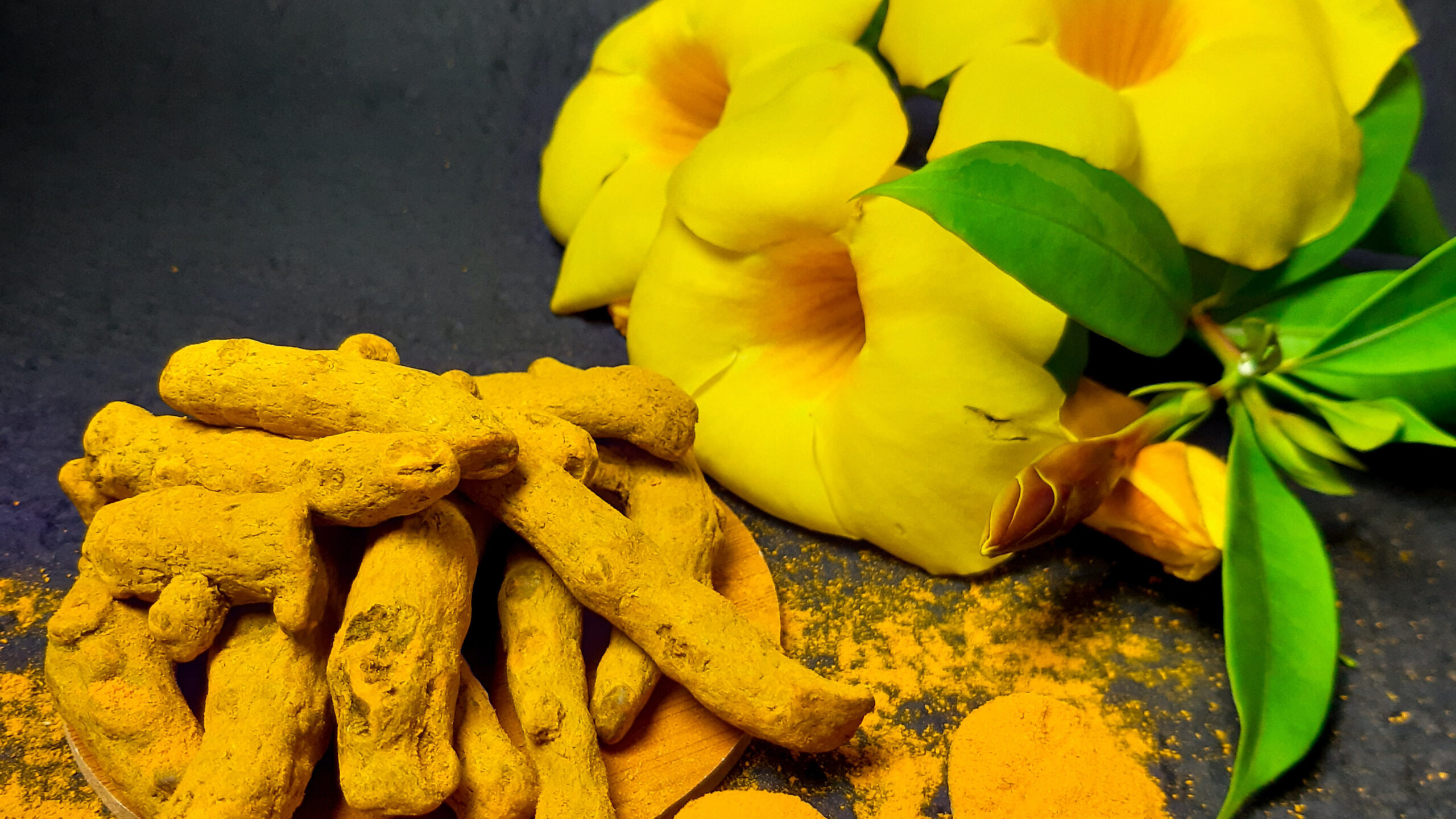


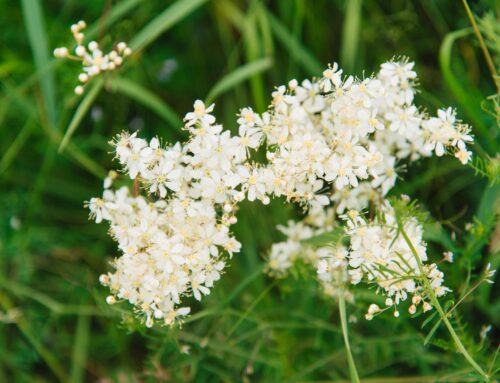

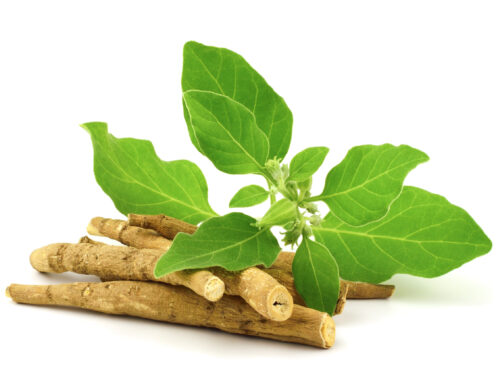
Leave A Comment